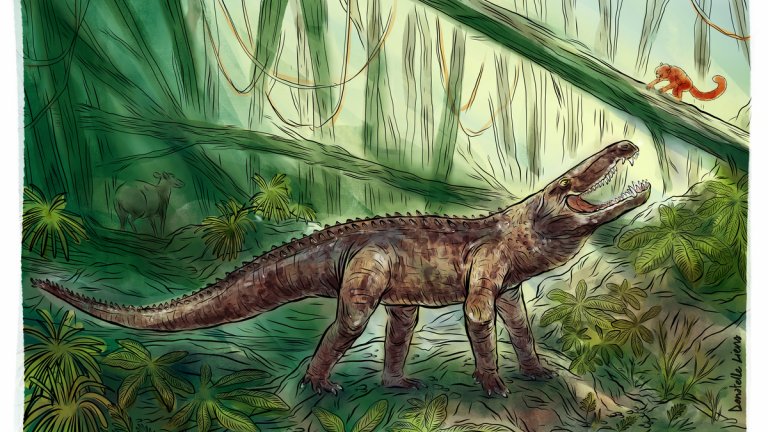
23 media
Add to my selection
The biological crisis at the end of the Cretaceous, 66 million years ago, affected marine and continental environments on a global scale.

Our work is guided by the way scientists question the world around them and we translate their research into images to help people to understand the world better and to awaken their curiosity and wonderment.